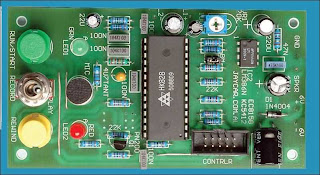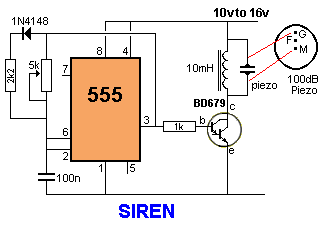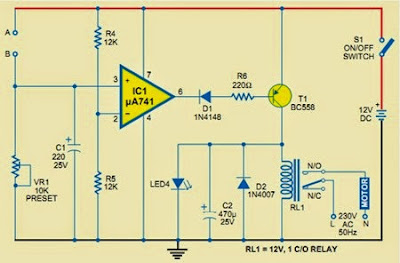Gratis Symmetrical Opamp Supply Voltages Circuit Diagram

Many ways to obtain a set of symmetrical supply voltages for operational amplifiers and comparators from a single +5-V sup-ply voltage have been described already. The simplest option (including with regard to component availability and price) is to use a MAX232, which is available in the 16-pin DIP package for less than 30 p (50 eurocents). In nearly all microcontroller circuits with an RS232 port, this IC is already present any-way to provide level conversion between TTl signals (5 V) and RS232 signals (nominally ±12 V), so you can obtain a set of symmetric supply voltages for opamps almost free of charge. Gratis Symmetrical Opamp Supply Voltages Circuit Diagram It ’s not even necessary to add any circuitry around the IC. Figure 1 shows how a MAX232 is typically wired in a microcontroller circuit.The symmetrical voltages (at around ±9 V) generated from the +5-V supply voltage can be taken from pin 2 (V DD; +9 V) and pin 6 (VEE, –9 V) of the IC. As you can see from F...


























